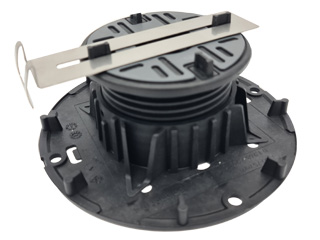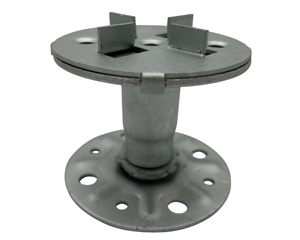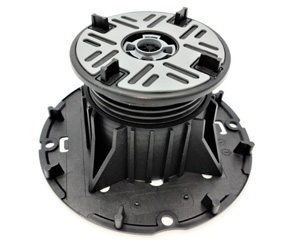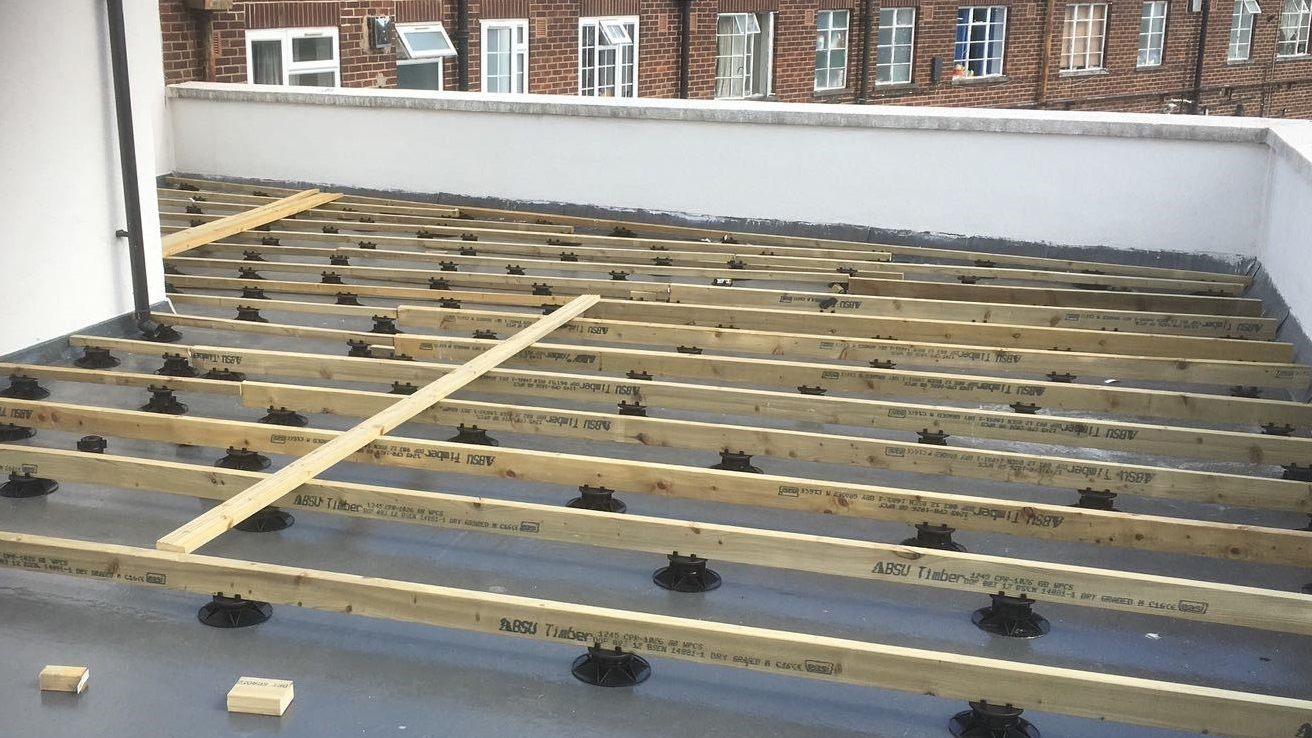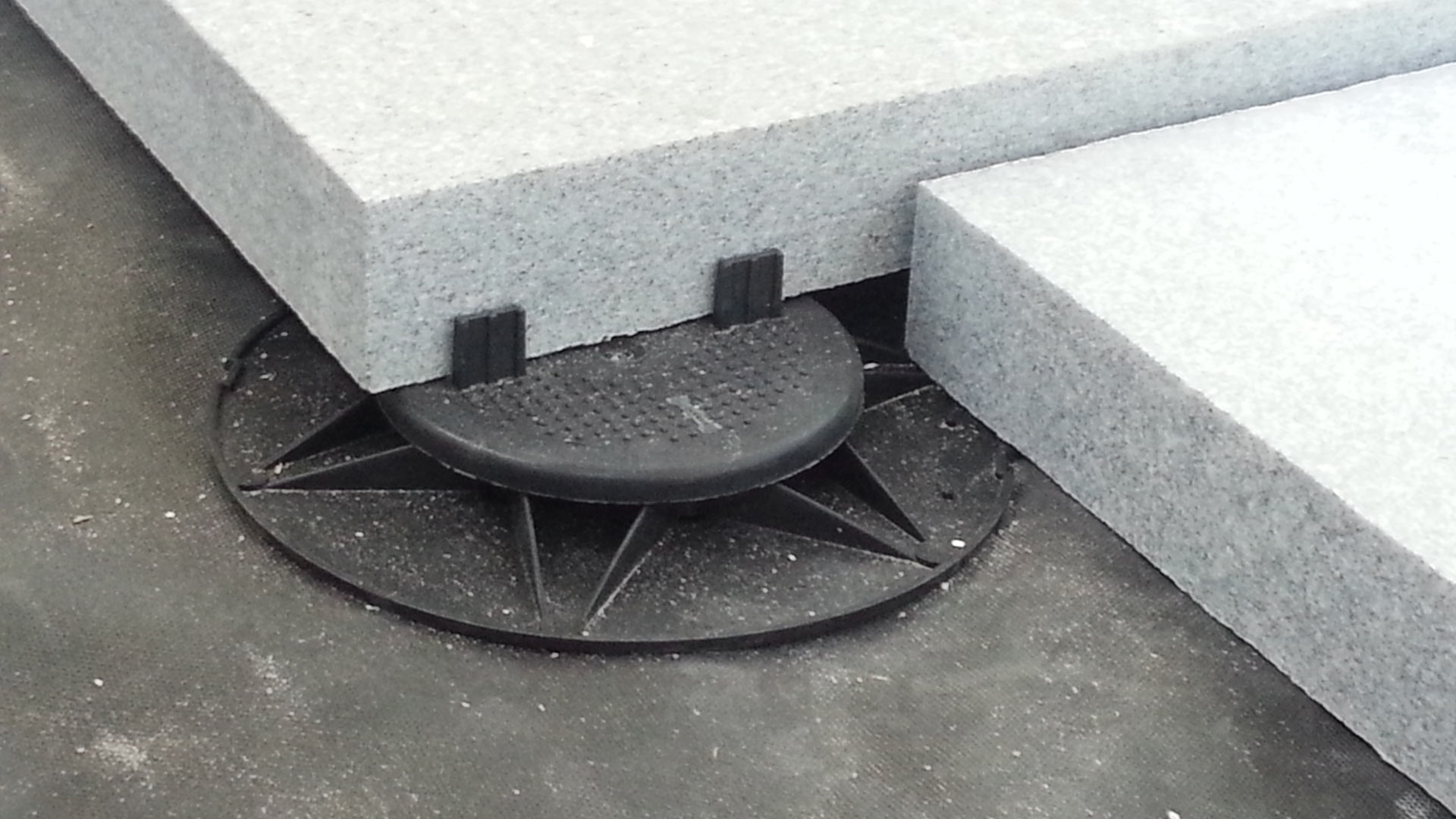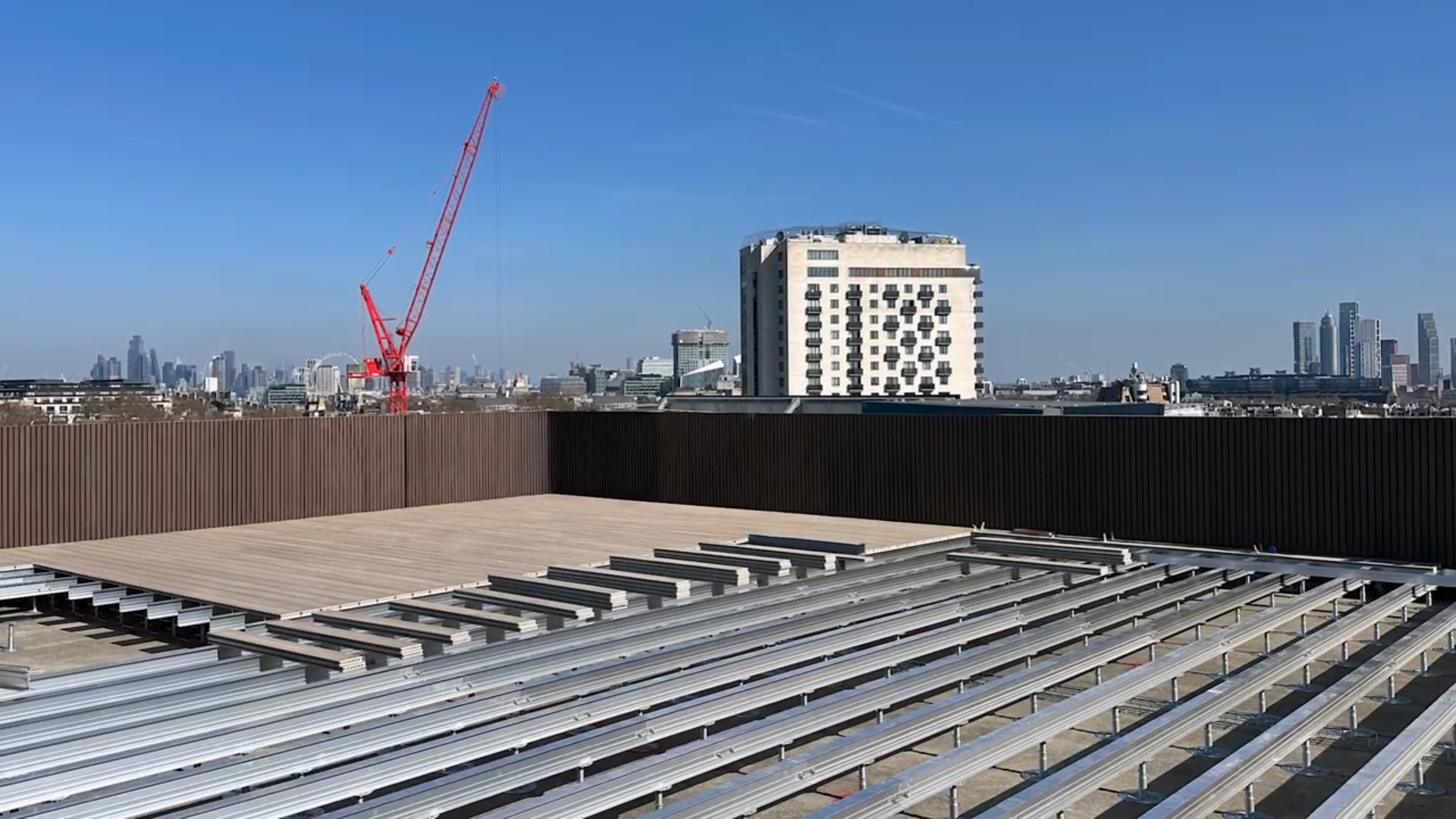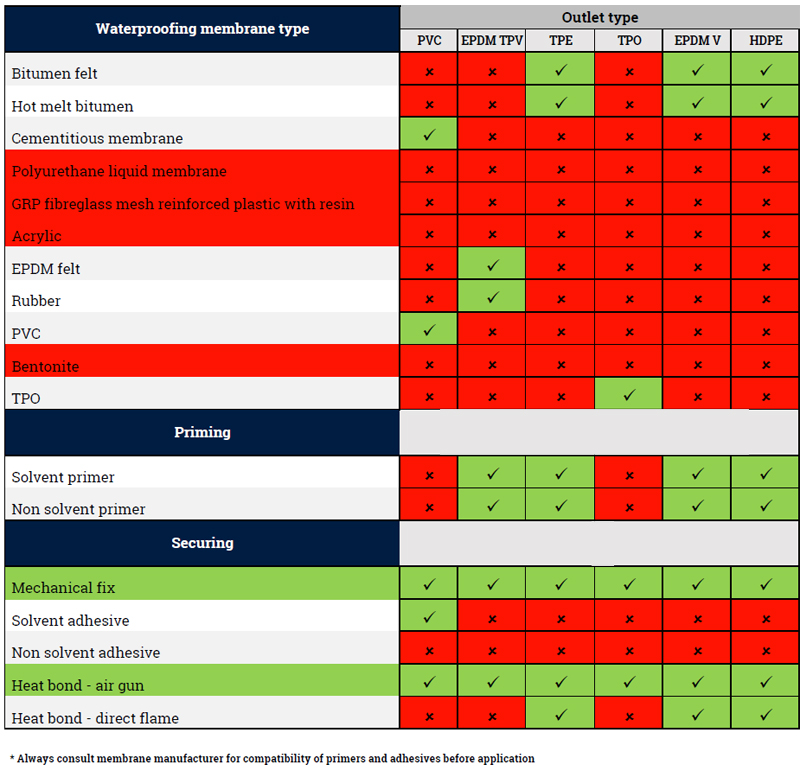A small team of researchers at Tongji University, working with a colleague from the Shanghai Academy of Landscape Architecture Science and Planning, both in China, has found that growing plants on roofs can serve as an effective way to remove microplastics from the air. In their study, published in the journal Communications Earth & Environment, the group measured the amounts of microplastics found on plants and the soil in which they grow.
Prior research has shown that growing plants on roofs can reduce heating and cooling bills and also clear pollution from the surrounding air. The research team wondered if that also included microplastics.
To find out, they built a simulated roof environment in their lab, where, in a thin layer of fresh soil, they planted two kinds of plants commonly used on rooftops in the city of Shanghai. They also introduced microplastic particles into the air above the plants at levels common to Shanghai. They then conducted simulated rains, measuring microplastic levels on the plants and in the soil.
They found that the plants did a good job of pulling the microplastics from the rain, and by extension, the air above them. The green roof system, including the soil layer, pulled approximately 97.5% of the microplastics from the rainwater that landed on it. And after conducting measurements over multiple rains, the team found that the percentage of microplastics removed increased slightly with rainfall intensity.
The researchers note that while some microplastics were collected by the leaves, the bulk of the capture was in the soil. They also noted that microplastics shaped like fragments were collected by the soil better than those shaped like fibers.
To view the full article, please click here.


